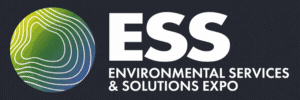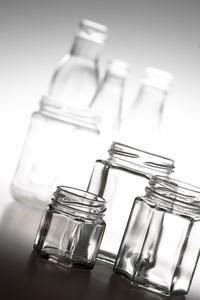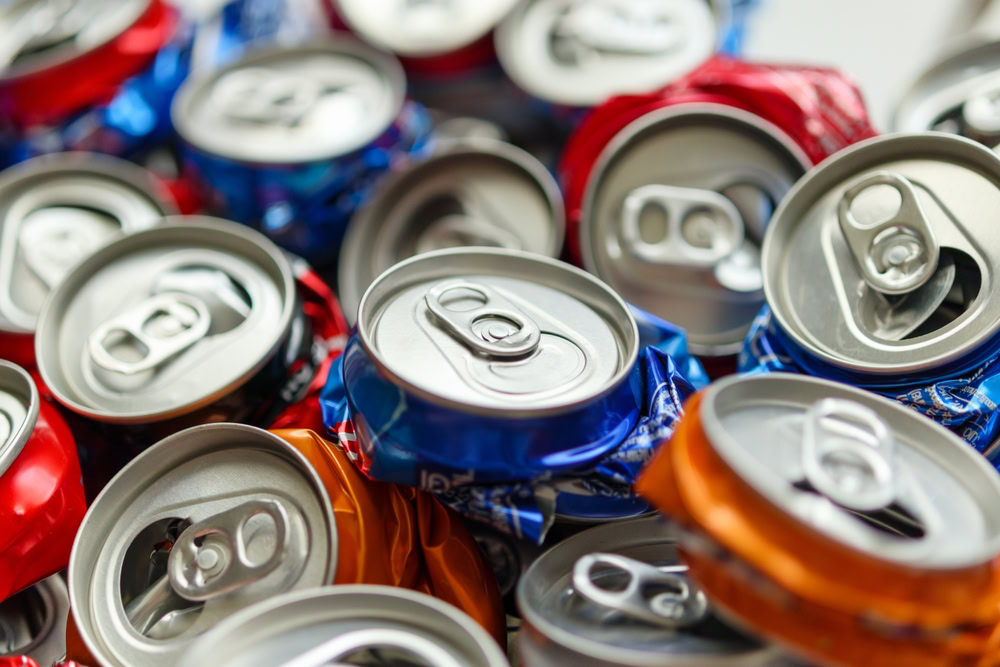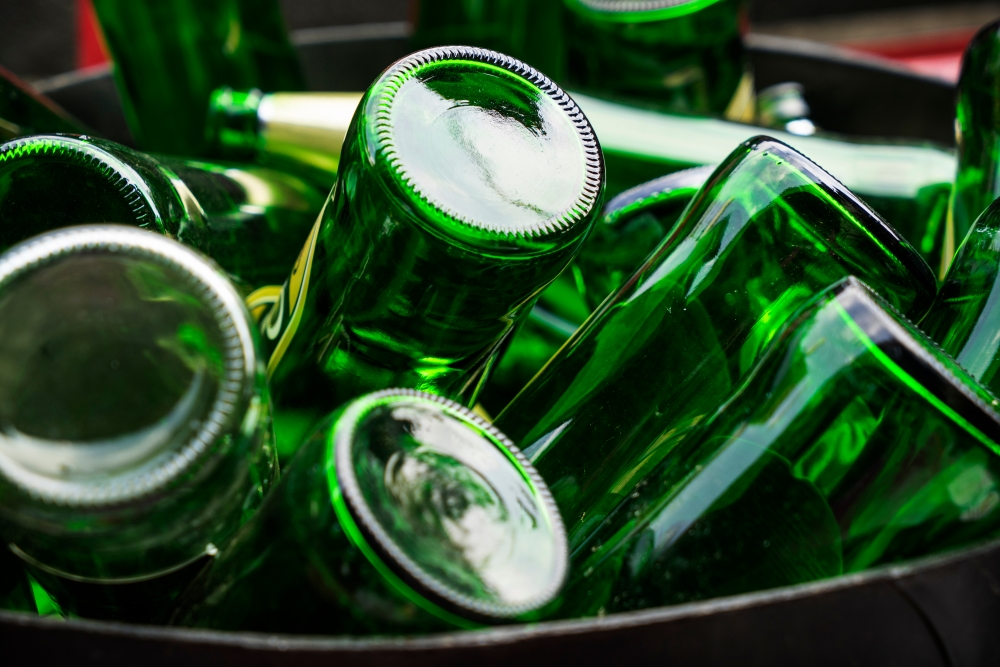Charting the glass industry up to June 2008, the report claims that cullet consumption by UK glass container manufacturers dropped compared to the same time last year, despite high energy costs and increased raw materials prices acting as incentives for its use.
The report states: “The clear economic incentives for container manufacturers to use cullet make the recent decline in cullet usage by the industry all the more striking, and further highlights the current bottlenecks in the cullet supply chain.”
Despite the decline in use, the report draws attention to the fact that the overall amount of glass recycled up to June 2008 rose to around 1.5 million tonnes compared to 1.3 million tonnes for the equivalent period in 2006-07. However, the majority of the increase was absorbed by the aggregates market.
Recovery
The report states that the amount of glass recovered in the municipal stream has risen by 30% from 2005-06 to 1.2 million tonnes, with kerbside collections being identified as the main driver behind this increase as 70% of local authorities now operate some glass collection service.
Local authorities using commingled and mixed-colour collections have become “more prevalent” according to the report, with 30% of councils now operating either a commingled or partially (where glass is collected with plastic and aluminium containers) commingled system.
The report foreshadows the fact that more materials recycling facilities (MRFs) now have the capability to take glass, which could lead to a rise in the amount of councils willing to undertake commingled collections.
In June, the British Glass Manufacturers Association claimed that the use of commingled collections operated by local authorities had directly led to a decline in the amount of quality glass available to reprocessors and called for a return to the use of bottle banks instead (see letsrecycle.com story).
Revised packaging recovery targets announced by Defra in early 2008 mean that the amount of cullet glass recovered might need to reach 1.8 million tonnes-per-year by 2010, with the report stating that recovery for June-December 2008 would need to be 20% higher than for the same period in 2007 if the more immediate 2008 target is to be met.
Deficit
According to the report, the amount of cullet imported into the UK rose from 50,000 tonnes per year between 2002 and 2005, to between 80-90,000 tonnes since 2007.
Although some of the imported material is used to redress the colour imbalance experienced in the UK, WRAP reports that the country still produces more clear containers than it consumes, resulting in a deficit of around 400,000 tonnes of clear cullet.
However, there is no longer an excess supply of green cullet, which has led to green furnaces operating with 15% less cullet than in 2005 and also a “sharp increase” in prices for the colour.
Regarding the fall to 70% cullet content in green furnaces, the report stated: “This is significantly lower than the technical limit, which suggests that the ‘green glass mountain' may have disappeared, a stark contrast to the story of recent years.”
Overall prices for colour-separated cullet have increased and, the report claims, this is due to the fact that there is a shortage of high-quality colour-separated cullet and virgin material and energy costs have risen substantially. Despite these rises, the price of glass PRNs has remained consistent from 2007 to 2008 at around £20 per tonne.
Export
The amount of cullet being sent abroad was highlighted by the report as having “increased sharply in recent years”, with the main destinations being Spain, Italy and Portugal for use in wine bottle production.
Partly due to the multinational nature of some companies involved in the glass industry, the increase in export – which has been over 40,000 tonnes in the year to June 2008 – has also been accredited to mixed colour collections leading to poorer quality green and amber glass not meeting colour specification rules for the UK but being acceptable on the continent, where there is also increased demand.
The European markets have somewhat satiated their demand with cullet from Eastern Europe but there are trade limits due to the higher lead content in glass from the region.







Subscribe for free